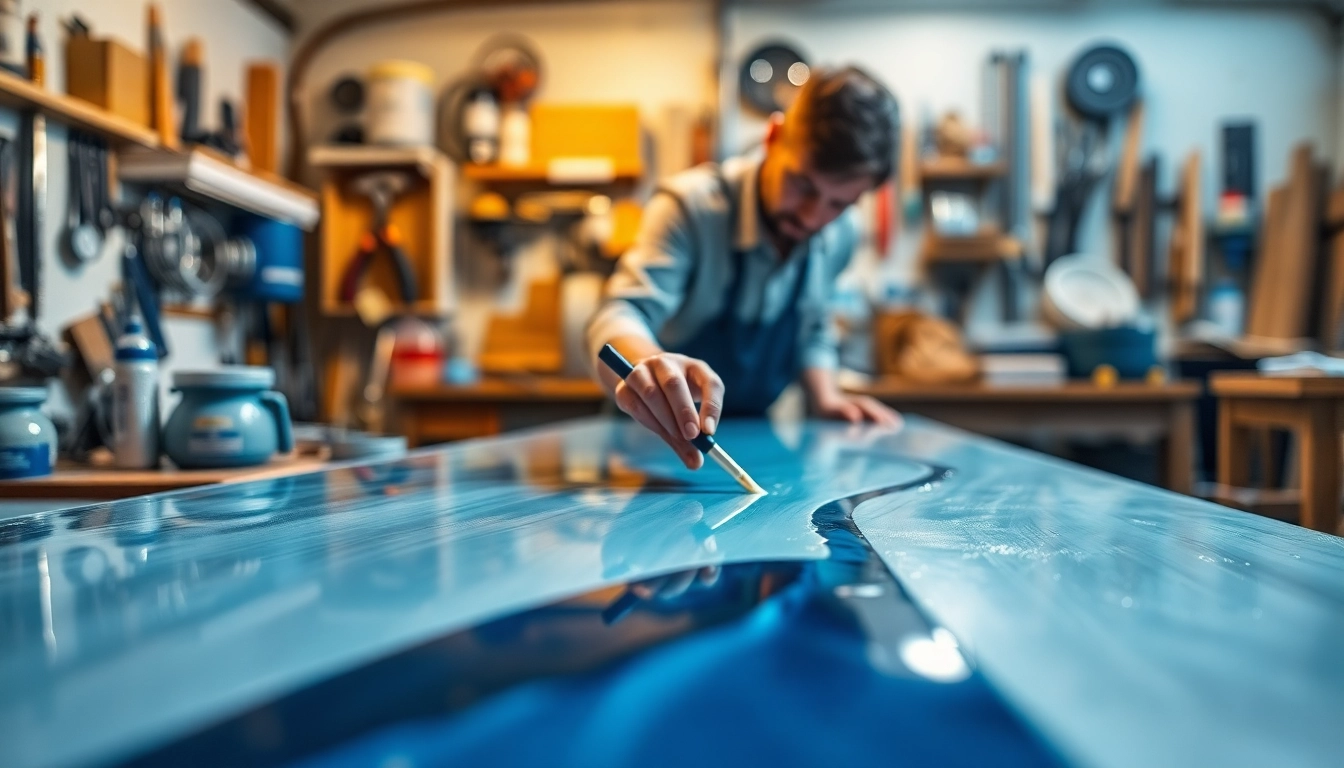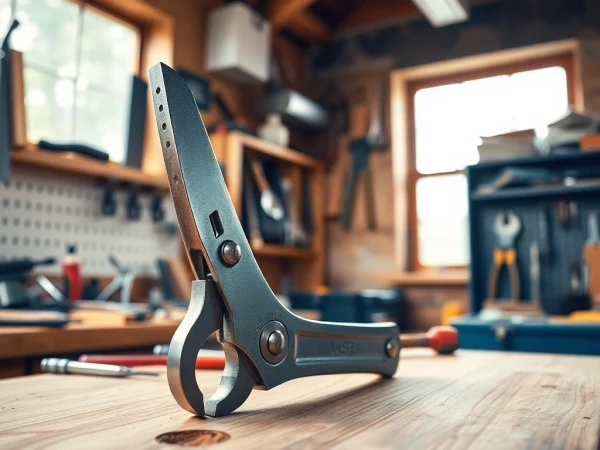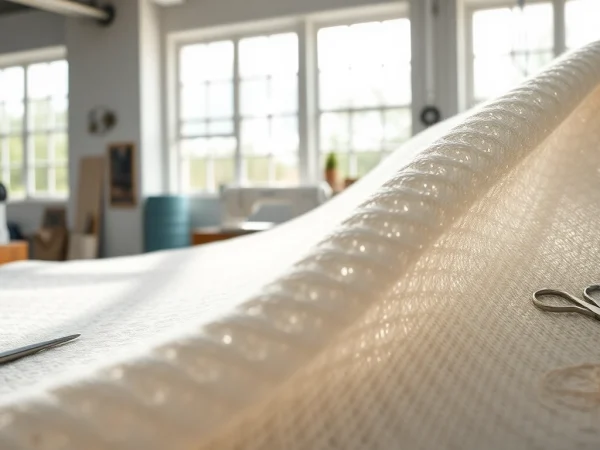Essential Guide to Laminating Resin: Uses, Types, and Application Techniques
Understanding Laminating Resin
Laminating resin serves as a vital component in various fabrication processes, particularly in the fields of marine construction, automotive manufacturing, and composite material production. Its primary role is to create strong, resilient bonds between layers of materials, often including fiberglass, to form durable and lightweight structures. By examining the different types, applications, and functionality of laminating resin, one can appreciate the versatility and significance of this material in modern manufacturing and repair tasks.
What is Laminating Resin?
Laminating resin is a type of synthetic polymer that is specifically designed for use in the lamination process, wherein layers of materials, typically involving fiberglass, are bonded together. It can be formulated from various base materials, with polyester and epoxy being the most common choices. When cured, laminating resin forms a solid, watertight bond that is resistant to environmental degradation, making it ideal for applications that require both strength and durability.
Types of Laminating Resin
There are primarily two types of laminating resins used in the industry:
- Polyester Laminating Resin: This type is often used for boat building and general fiberglass applications. It is cost-effective, easy to use, and cures relatively quickly. One of its notable characteristics is that it remains tacky between layers, which enhances adhesion.
- Epoxy Laminating Resin: Although typically more expensive, epoxy laminating resin offers superior adhesion, chemical resistance, and reduced shrinkage compared to polyester. Epoxy is often preferred when maximum strength and fatigue resistance are critical, such as in high-performance applications.
Applications and Uses of Laminating Resin
Laminating resin is utilized in a wide array of applications, including:
- Marine Construction: Boat hulls and various offshore structures benefit from the waterproof and resilient nature of laminating resins.
- Automotive Industry: Many automotive components, including body panels and reinforcements, utilize laminating resins due to their lightweight properties and strength.
- Composites Manufacturing: Laminating resin is integral to the production of composite materials, which are used in numerous industries for their favorable strength-to-weight ratios.
- Repair Work: In the repair of fiberglass items, laminating resin serves to restore structural integrity and provide waterproofing.
Advantages of Using Laminating Resin
Strength and Durability
One of the primary advantages of using laminating resin is its remarkable strength and durability. Once cured, it forms a chemical bond that withstands significant mechanical stress and environmental conditions. This makes it particularly suitable for applications subjected to high loads or harsh environments, as it does not compromise over time like many traditional bonding agents.
Weight and Performance Benefits
Laminating resins are typically lighter than traditional materials such as metals and some plastics. This characteristic is crucial in sectors like aerospace and automotive engineering, where reducing weight can lead to improved fuel efficiency and performance. Additionally, the performance benefits of laminating resin stem from its ability to provide a seamless surface, contributing to smoother airflow in applications like boat hulls and vehicle bodies.
Cost-Effectiveness in Projects
When considering the overall cost of projects, using laminating resin can be economically advantageous. While the initial price of resin materials, particularly epoxy, may be higher, the longevity and reduced maintenance needs can result in lower total lifecycle costs. For businesses focused on maximizing efficiency and minimizing downtime, the cost-effectiveness of laminating resin becomes even more apparent.
How to Choose the Right Laminating Resin
Factors to Consider
Choosing the right laminating resin involves considering several factors:
- Intended Application: Different applications demand different properties from the resin. For example, marine applications may prioritize water resistance, while automotive contexts may focus on impact resistance.
- Curing Time: Depending on the project timeline, select a resin with an appropriate curing time. Some projects may benefit from a fast-curing resin, while others may require longer working times.
- Environmental Conditions: If the application exposes the resin to harsh chemicals or extreme temperatures, ensure that the selected resin has adequate resistance properties.
Common Mistakes to Avoid
When selecting and using laminating resin, avoid these common pitfalls:
- Neglecting to read technical datasheets, which provide essential information about curing times and compatibility.
- Using improper mixing ratios for resin and hardener, which can adversely affect the curing process and end strength.
- Overlooking surface preparation, which is vital to achieving optimal adhesion between the layers being bonded.
Recommendations for Different Projects
Different projects will necessitate tailored resin choices:
- Boat Manufacturing: Polyester laminating resin is often recommended due to its adhesive properties and cost-effectiveness, especially for larger builds.
- Composite Structures: Epoxy laminating resin is favored for its superior strength and adhesion characteristics, making it ideal for high-performance applications.
- DIY Repairs: For smaller repair projects, a versatile general-purpose laminating resin may suffice, particularly where cost and accessibility are priorities.
Application Techniques for Laminating Resin
Preparation of Surfaces
Surface preparation is critical for ensuring that laminating resin adheres effectively to substrates. The following key steps should be observed:
- Clean the surface thoroughly to remove dust, oils, and contaminants.
- Sand the surface lightly to create a rough texture, improving mechanical bonding.
- Ensure that the ambient conditions (humidity and temperature) are suitable for application to avoid curing issues.
Mixing and Curing Procedures
Accurate mixing is crucial for the effectiveness of laminating resin. Follow these best practices:
- Measure the resin and hardener according to the manufacturer’s specifications, ensuring precision to achieve optimal strength.
- Mix thoroughly, usually by hand or mechanical mixing, to ensure uniform distribution of the hardener throughout the resin.
- Apply resin within the pot life specified by the manufacturer to prevent the mixture from hardening prematurely.
Tips for Achieving Optimal Results
To maximize the effectiveness of laminating resin application, consider these tips:
- Apply multiple thinner layers as opposed to fewer thick ones, which can improve bonding and reduce the likelihood of air bubbles forming.
- Monitor temperatures during curing; too cool a temperature can slow curing times, while excessive heat can lead to premature curing and embrittlement.
- Document every stage of the process to create a reference for future projects, enabling continued improvement.
Maintenance and Storage of Laminating Resin
Best Practices for Storage
Proper storage of laminating resin is crucial to maintain its chemical properties:
- Store resin and hardener in cool, dry conditions away from direct sunlight.
- Keep containers tightly sealed when not in use to prevent moisture contamination and degradation.
- Label containers with production dates to monitor shelf life, as expired materials may not perform to expectation.
Identifying and Addressing Issues
Common problems with laminating resin can include:
- Inadequate curing – Monitor environmental conditions and adjust as necessary.
- Adhesive failure – Look for poor surface preparation or incorrect mixing ratios as potential causes.
- Air bubbles – Ensure the mixing process is thorough and consider using vacuum techniques where necessary.
Long-term Care Strategies
Finally, consider these strategies for the long-term care of structures made with laminating resin:
- Inspect regularly for signs of damage, such as cracks or discoloration, and address issues promptly.
- Clean surfaces gently to avoid damaging the resin, using non-abrasive materials and suitable cleansers.
- Apply UV protection measures when required, particularly for outdoor applications, to preserve the resin’s integrity against environmental degradation.










